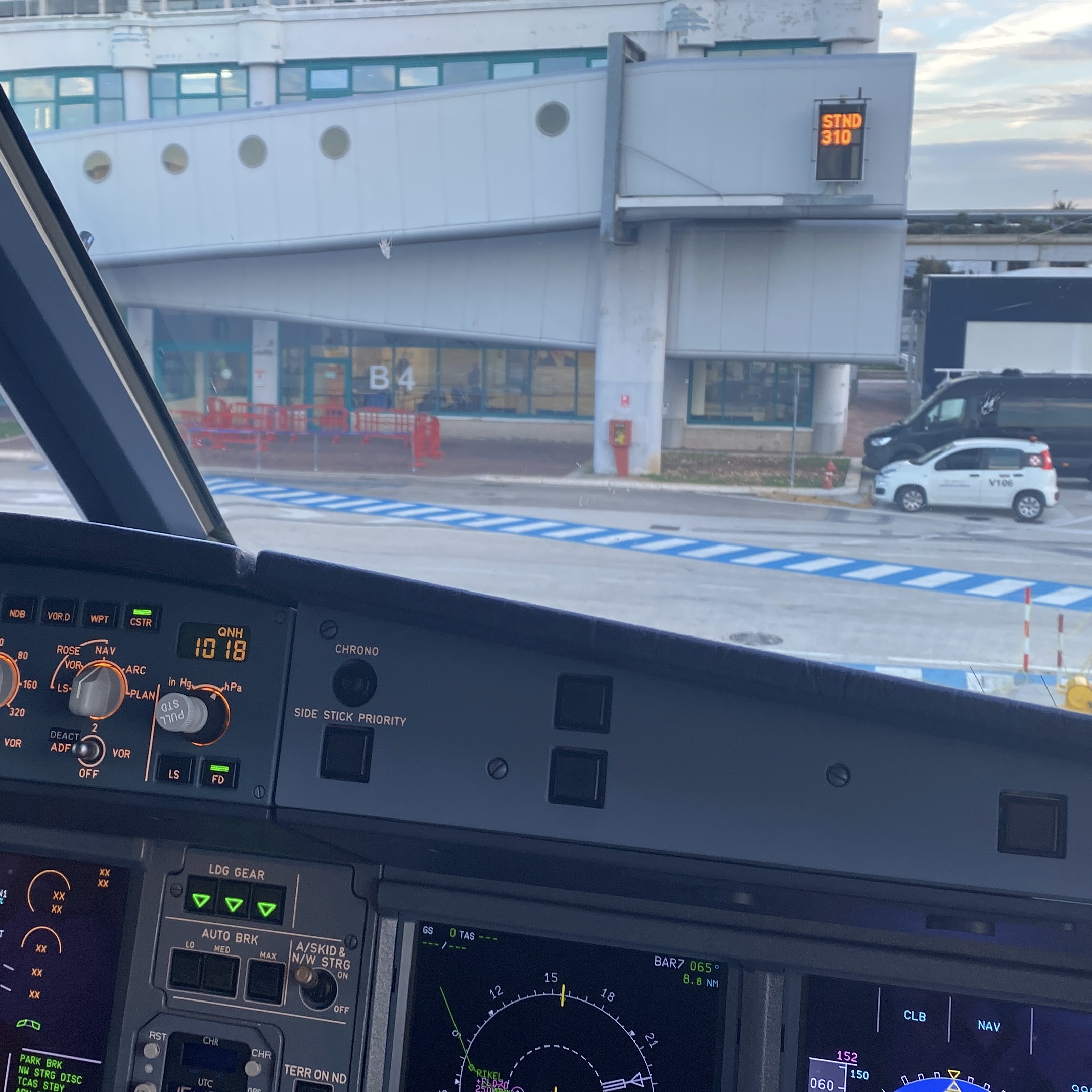5 crucial things I wish I had known before embarking on my aviation journey
- The Modern Female Pilot
- Dec 29, 2023
- 4 min read
Updated: Jan 8, 2024
The aviation industry may appear to be a glamorous career choice, with numerous benefits such as a flexible schedule, frequent travel opportunities, generous compensation packages, and career growth prospects. However, it's important to consider some potential downsides before committing to this profession.

Aviation does not always equal high incomes
Yes, this might come as a surprise for many people outside the industry 🙄. Aviation has undergone lots of changes since its golden age (the '20s and '30s). Following deregulation in the USA in 1978 and later on in Europe, new carriers emerged in previously protected markets, increasing the competition and lowering airfares for avid travellers. As crew cost represents around 10% of total operating airline costs and is one of the few that airlines have control over, it is often manipulated to increase profit.
Crew salary depends on many factors such as experience, seniority, airline model, size, fleet, base, and taxation rules. As a general rule, low-cost and ultra-low-cost carriers tend to offer a lower base salary, that can be increased by a high number of flight hours. This ensures maximum crew utilization, allowing the airline to hire less personnel, thus diminishing the costs.
Training costs
This topic is especially useful for those who aspire to become pilots. One of the major challenges candidates face is the high cost of training (sometimes over 100,000 euros). Additionally, the uncertainty of the aviation market is discouraging many young enthusiasts from pursuing a crew member career. However, there are several ways to finance your studies if becoming a pilot or cabin crew has always been your dream job. Don't get disappointed just yet!
If you want to become a cabin crew member, it is possible to attend private courses that last 6-8 weeks and cost between 500-700 euros. Alternatively, take the cheaper route and apply directly for airlines that cover your training costs (while also providing trainees with accommodation and daily allowance from day 1). However, make sure you prepare thoroughly for the interview - aviation remains an ultra-competitive market so there are plenty of other valuable candidates during open days. After receiving the golden call, it is highly advisable to start making relocation arrangements as soon as possible. Airlines don't like wasting time when they find the right employees - their goal is to train and release you on the line as quickly as possible so you can gain seniority and flight hours😊😉.
When it comes to becoming a pilot, there are two paths to choose from: the modular or integrated route. The process can be quite lengthy and often resembles an investment plan rather than vocational training. 😯🤑
There are two types of training available for individuals interested in pursuing a pilot career. The first is modular training, which might last a bit longer but allows participants to have a side job that can help finance their studies. The second type is integrated training, which is often the fastest route to secure a commercial license but requires lots of financial resources readily available. Additionally, some airlines might cover flight school or type rating costs for cadets who sign a pilot training agreement and commit to working with the airline for a certain period (usually around 3-5 years).
Disruptive flight crew schedule
The work schedule of flight and cabin crew can be quite disruptive, leading to time away from family and friends. Early check-in times, late check-outs, and long duties during night hours are the norm. Roster changes during peak seasons can cause a lot of uncertainty, forcing crew members to cancel their plans at the last minute. All of these challenges can make it difficult for flight and cabin crew to balance their work and personal lives.
Struggles to maintain long-distance relationships
Airlines tend to hire people of multiple nationalities and cultural backgrounds. Some airlines operate following a hub-spoke model, having all crew based in the same city. (i.e.: Middle Eastern Airlines such as Emirates, Etihad etc.)
However, low-cost carriers tend to have multiple operational bases, and they require their crew to live within an hour's radius of their main base. This allows the operation control to contact the crew to cover a flight from stand by, at very short notice, minimizing the risks of delays or flight cancellations.
It is common for crew members to find out their operational base only after completing their training course. As crew members may have to frequently change bases, it can be challenging to maintain stable relationships with loved ones.
Work-life balance
It is no secret that flight crew schedules can be demanding, especially for new joiners. Aviation personnel are often scrutinized during their routine yearly medical examinations, so they must remain healthy and perform their jobs at the highest safety standards. Also, they have a higher risk of suffering from various diseases such as kidney diseases, obesity, metabolic syndrome or depression, so sustained efforts are required to maintain health.
That being said, aviation remains a fascinating industry, that offers numerous advantages and opportunities for ambitious individuals who know how to stay on top of their game. I believe that all the above-mentioned risks can be easily mitigated and should never stop people from achieving their craziest dreams 😍. And you, did you find something new in my article?
Were you aware of all these aspects of pursuing an aviation career?
0%I was aware of most of them 😁
0%Some of them surprised me …😯
0%I never considered any !🙄




Comments